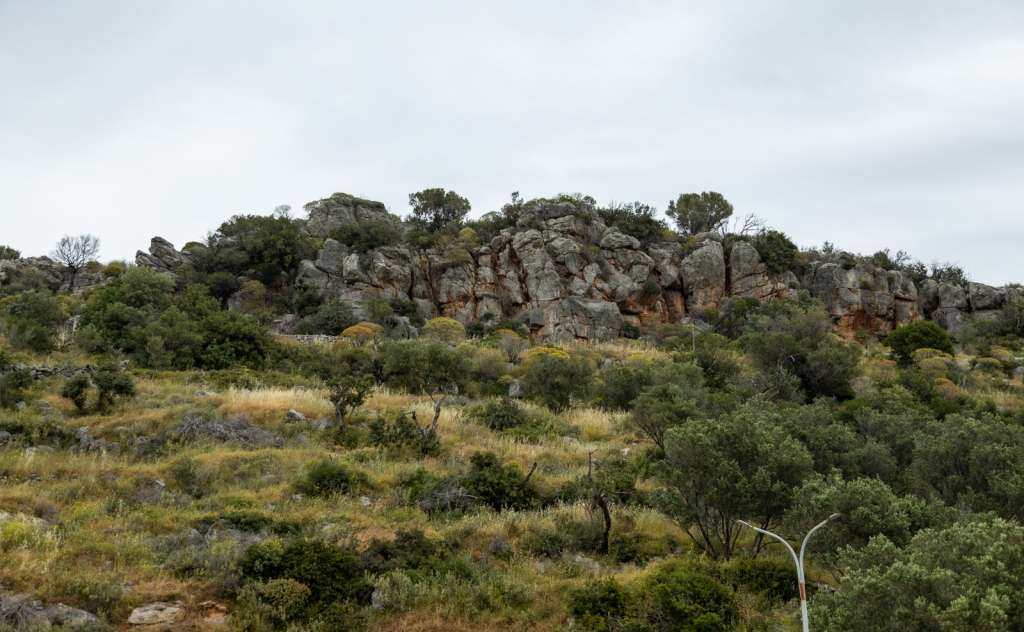The ancient city of Zarakas

Close to the port of Gerakas (west of the hill) is the ancient city of Zarakas. According to the traveller Pausanias (I, 38.4), the town was named after the Lacedaemonian hero Zarakas, founded between 1300 and 1200 BC. In fact, there was a sanctuary of Zarakas in Attica. Zarikas or Zarakas, was the son of the king of Karystos Petraeus. According to Polybius (IV, 36,3-6), the king of Sparta, Lycurgus, in 219 BC, during his sudden expedition to conquer six cities in southern Argolida, failed to occupy Zarakas. The ancient city was known for the security of its port and the natural fortification of its location. At the archaeological site of Zarakas, both the ancient walls and the later Roman and Byzantine additions are evident. During this period, probably during the Hellenistic period (3rd century AD), the fortification wall of the city and the citadel of Zarakas were built.
During Roman times, the city belonged to the Commonwealth of the Liberal Lakonians (Pausanias III, 21, 7). In 272 BC., Zarakas was destroyed by Cleonymus, son of Cleomenes II. At that time, the name Hierax was mentioned for the first time, that is, Gerakas. It was named so because its location makes it look like a bird of prey or perhaps because of the alteration of the word Zarax. During the 2nd century AD, the city had a picture of abandonment. The only important building in the area was the temple of Apollo with the cult statue in the type of Apollo guitarist. The remains of the temple, unfortunately, have not been identified.
In later times, Zarakas belonged to the Metropolis of Monemvasia, as mentioned in a decree with the golden seal of the Byzantine emperor Andronikos II Palaiologos, of the year 1301. According to tourists, the area was later renamed "Porto Bottas", while Pouqueville mentions the name "Porto des Tonneaux" and Leake the name "Porto Cadena". In 1462, the area came under the Turkish rule, and for the next four hundred years, an alternation between the Venetian and the Turkish domination followed. The Venetians fortified the port of Zarakas and closed its entrance with chains (Porto Cadena).
The entrance to the city is through a well-preserved gate, a sample of the fortification technique of the Hellenistic times. Remains of Roman times are visible between the two walls (inside and outside). The line of the outer fortification enclosure survives on the north and west sides of the archaeological site. The wall's defence is reinforced by eight rectangles, or squares in the plan, towers, while in some places, there are traces of repairs of later years. The citadel has been built on the eastern side of the site, defined by the external fortification enclosure. The entrance to the citadel's interior was through a surviving gate at the northwest corner of its wall, the defence of which was reinforced by a solid, circular tower, according to its plan. The entrance passage dates back to 272 BC is in the form of a narrow corridor (1 metre wide), which progresses to the north and bends to the east. In case of emergency, this narrow passage must have been guarded with wooden, non-permanent doors in two places. Today, remains of later buildings are visible in the area within the walls. Imposing is a vaulted building that dates back to Roman times, the walls of which are built with mixed techniques and are preserved at great heights. Finally, the remains of a three-aisled basilica built during the Christian era are also visible in the citadel.



